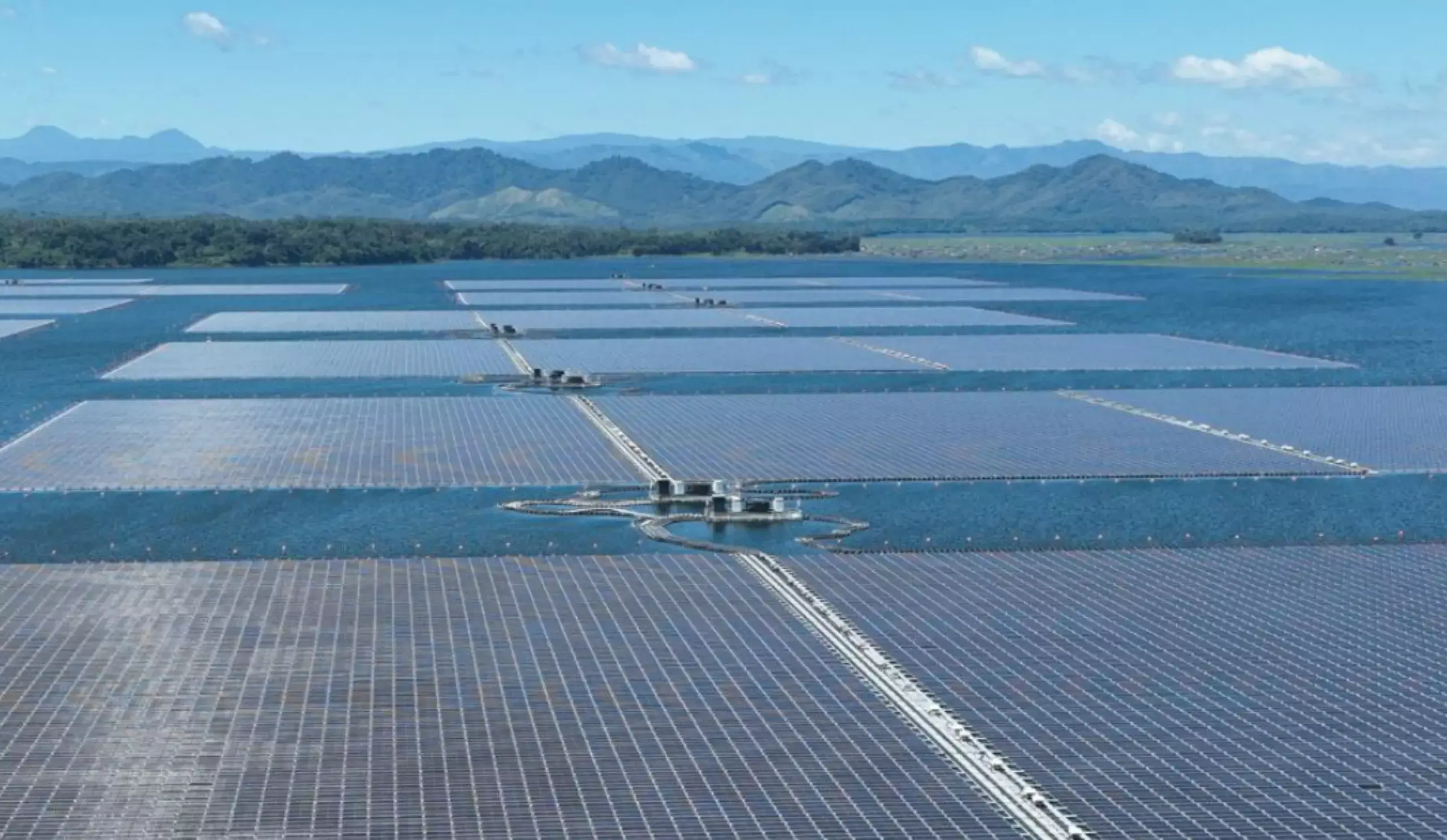- CountryIndonesia

Solar energy accounts for almost 90% of Indonesia’s renewable energy potential, and the cost of solar PV development has fallen significantly over the previous decade. However, out of the 3,295 GW potential of solar energy, only 789 MW has so far been utilized. With the limited land available for large-scale solar farms due to dense urbanization and agricultural activities, floating solar PV (FSPV) presents an attractive solution that aligns with Indonesia's renewable energy goals. FSPV adoption in Indonesia faces challenges including a lack of clarity and understanding on a viable path towards a FSPV project development and lack of understanding of applicable standards and guidelines. To address these gaps, a comprehensive guideline has been developed to support the stakeholders in effectively planning and implementing FSPV projects.
This guideline has been published in February 2025 by the Indonesian Ministry of Energy and Mineral Resources (MEMR) and is an update to an earlier FSPV guideline that was published in 2021. The 2025 guideline was developed under a project which was implemented by the Global Green Growth Institute (GGGI), supported by Pondera, through the Renewable Energy–Accelerated Transition (RE-ACT) program. The program offers technical assistance to Indonesia to achieve its renewable energy and NZE targets. Pondera worked closely with MEMR to update the guideline with an initial technical, environmental, and cost analysis to provide a benchmark for developing future FSPV power plants. Parts of the guideline refers to international guidelines and standards, tailored to Indonesian context.

Key Aspects of the Guideline
This guideline covers various critical aspects, including:
1. Site Identification
Selecting the right location is crucial for the success of an FSPV project. The guideline outlines key factors such as climate and site conditions (e.g. solar irradiance, wind, waves, current, and water level), water body characteristics (e.g. types, geometry, bathymetry, and hydrography), and accessibility and grid infrastructure (e.g. logistic access and land availability). These factors must be carefully evaluated during the site identification.
2. General Design Considerations
To ensure efficiency and durability, selecting a suitable FSPV system design is key. This guideline provides detailed insights into design considerations, including component selection or the different parts of the system (e.g. floating structures, anchoring system, and PV modules), electrical safety, performance optimization, and operations and maintenance (O&M). These considerations are presented so that readers are able to tailor the designs to project-specific requirements.
3. Occupational Health and Safety (OHS)
Given the importance of OHS in FSPV projects, the guideline highlights OHS’ features and relevance in the projects. The guideline identifies potential hazards, risks, and potential mitigation measures related to the various activities within an FSPV project. These activities include, among others, working near or in water, in harsh weather conditions, and with systems with energy and high voltage.
4. Environmental and Social Considerations
Sustainability is at the core of FSPV development, and the guideline addresses environmental and social impact considerations. Environmental impacts are divided into categories and accompanied by potential mitigation measures. The guideline also highlights possible waste management strategies, and promotes gender equality, disability inclusion, and community engagement through GEDSI principles.
5. Planning Analysis on Financial, Regulatory, and Permitting Aspects
The guideline outlines the methodology for estimating Levelized Cost of Energy (LCOE), considering CAPEX, OPEX, energy production, and other financial parameters. An early-stage cost assessment tool, i.e. the AACE Class 5 framework, is also incorporated into the guideline to help developers effectively estimate the preliminary project cost. Additionally, the guideline provides a comprehensive overview of the applicable regulations and permitting requirements to facilitate a smooth project execution.
Learning from the existing FSPV Projects
To support informed decision-making, the guideline includes brief case studies from successful FSPV projects in Indonesia and neighboring countries. These best practices examples highlight challenges encountered, lessons learned, and strategies for overcoming common obstacles. Additionally, sample feasibility report templates are provided to assist developers in preparing project proposals and tender documents.
The full version of the guideline in English and Bahasa Indonesia can be accessed following this link: https://ebtke.esdm.go.id/elibrary#.
References
Lee, N., Grunwald, U., Rosenlieb, E., Mirletz, H., Aznar, A., Spencer, R., & Cox, S. (2020). Hybrid floating solar photovosltaics-hydropower systems: Benefits and global assessment of technical potential. Renewable Energy, 162, 1415–1427. https://doi.org/10.1016/j.renene.2020.08.080

